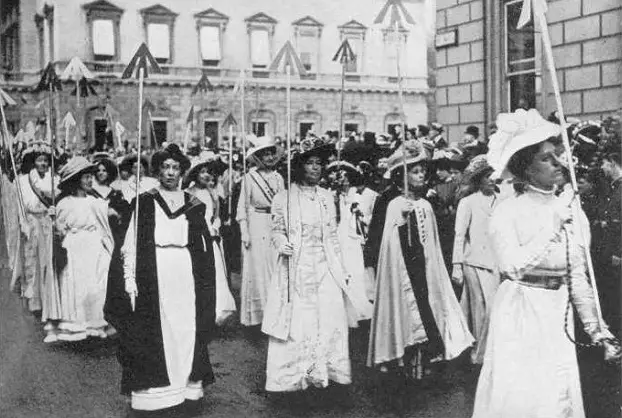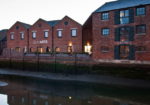Hannah Griffiths from the Sudni Heritage Blog shares this fascinating insight into Early Suffragists on the Isle of Wight.
Perhaps you are related to one of the three women who signed the 1866 Women’s Suffrage Petition and know more about their history. Ed
7th June 1866 – 150 years ago, John Stuart Mill presented a petition to Parliament signed by some 1521 people, submitted by Emily Davies and Elizabeth Garrett. This was the 1866 Women’s Suffrage Petition, the first mass Votes for Women Petition submitted to Parliament. There were many more to come and a long fight ahead for the women (and men) involved in fighting for women’s suffrage.
It was a pretty rubbish time to be a woman (in modern terms), you were still owned by your father until you married and then you became your husband’s possession. The men in your life would have control of your money, your children and everything in your life.
I need a whole other article or two to go into this, so I’ll be back with more on this at a later date.
Meanwhile back to the Isle of Wight…
Three women on the Isle of Wight signed the petition that Mill presented in 1866. Ellen Cantelo (Artist) – 69 High Street Newport, Sarah James – St James Street Newport and Elizabeth Thompson of Carisbrooke. It’s understood that the signatures for the petition were collected through family and friend’s connections.
You can see that in the growing mill towns people would go from neighbour to neighbour, but how did the petition reach these women on the Isle of Wight? Perhaps through the Island’s artistic circles? That is what I am trying to find out!
I have been able to find some information on Ellen Cantelo – she was an artist and it would appear, fairly successful as she left £253 in her will after she passed away in 1898 – before the suffrage fight really began to take hold.
The money was left to Elizabeth Thompson (the same lady who signed the petition? perhaps her sister?). As for the other women, they both remain somewhat a mystery, but it’s still early days for researching.
Can you help fill the gaps?
I’m fascinated by these women, living in Newport in the 1860s, being involved in women’s rights and perhaps facing prejudice or taunts for being a woman with an opinion and I am excited to find out where things went from here. If you can fill in any of the gaps, please let me know.
To find out more about the petition and to look who signed it you can download the signatories.
Article originally published on the Sudni Heritage Blog.
Image: juliejordanscott under CC BY 2.0





